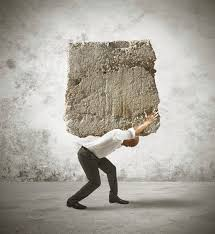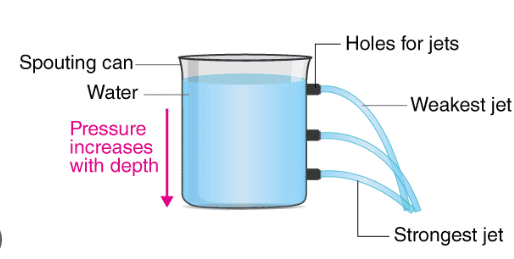Understanding Pressure
📚 Key Concepts
🔹 What is Pressure?
Pressure is the force acting per unit area on a surface. It determines how concentrated a force is when applied to a surface. The smaller the area over which a force acts, the greater the pressure.

Formula: Pressure = Force / Area P = F/A
Unit of Pressure: Pascal (Pa) or Newton per square meter (N/m²)
SI Unit: 1 Pascal = 1 N/m²
🔹 Effects of Pressure in Daily Life
Pressure plays a crucial role in many everyday situations:

1. Comfortable Carrying
- Broad bag straps distribute weight over larger area = Less pressure = More comfort
- Narrow straps concentrate weight on smaller area = More pressure = Discomfort
2. Cutting and Piercing
- Sharp knife edge has small area = High pressure = Easy cutting
- Blunt edge has large area = Low pressure = Difficult cutting
- Nails have pointed ends to create high pressure for easy penetration
3. Foundation Design
- Building foundations are broad to distribute weight = Low pressure on soil
- High-heeled shoes create high pressure on floors
- Elephant’s large feet distribute weight = Low pressure on ground
🔹 Pressure in Liquids

Key Properties:
- Liquids exert pressure in all directions
- Pressure depends on the height of liquid column
- Pressure increases with depth
- Pressure at same depth is equal in all directions
Formula for Liquid Pressure: P = ρgh
Where:
- P = Pressure
- ρ = Density of liquid
- g = Acceleration due to gravity
- h = Height of liquid column
Real-life Applications:
- Water tanks at height: Greater height = More pressure = Better water flow
- Dam construction: Base is broader than top to withstand high water pressure
- Submarine design: Must withstand enormous water pressure at great depths
🧪 Important Formulas
🔸 Pressure = Force / Area P = F/A
🔸 Liquid Pressure = Density × Gravity × Height P = ρgh
